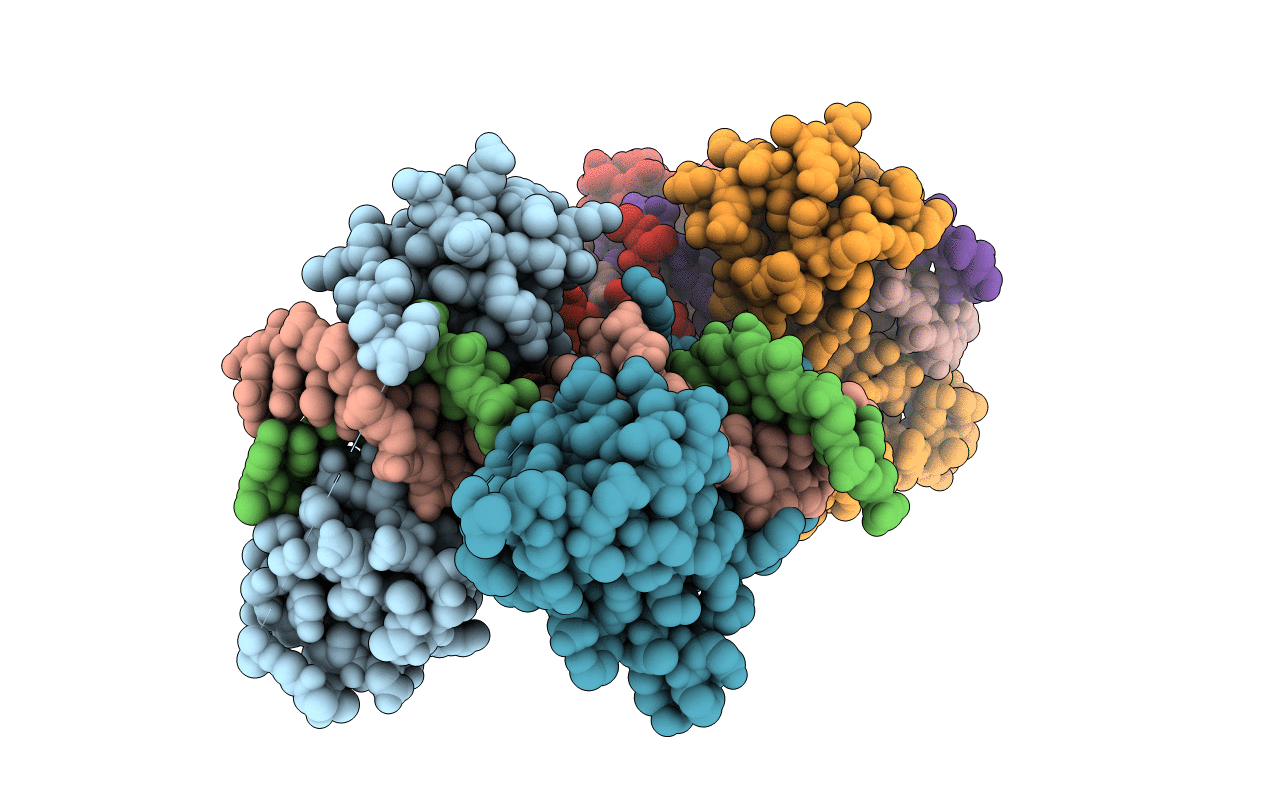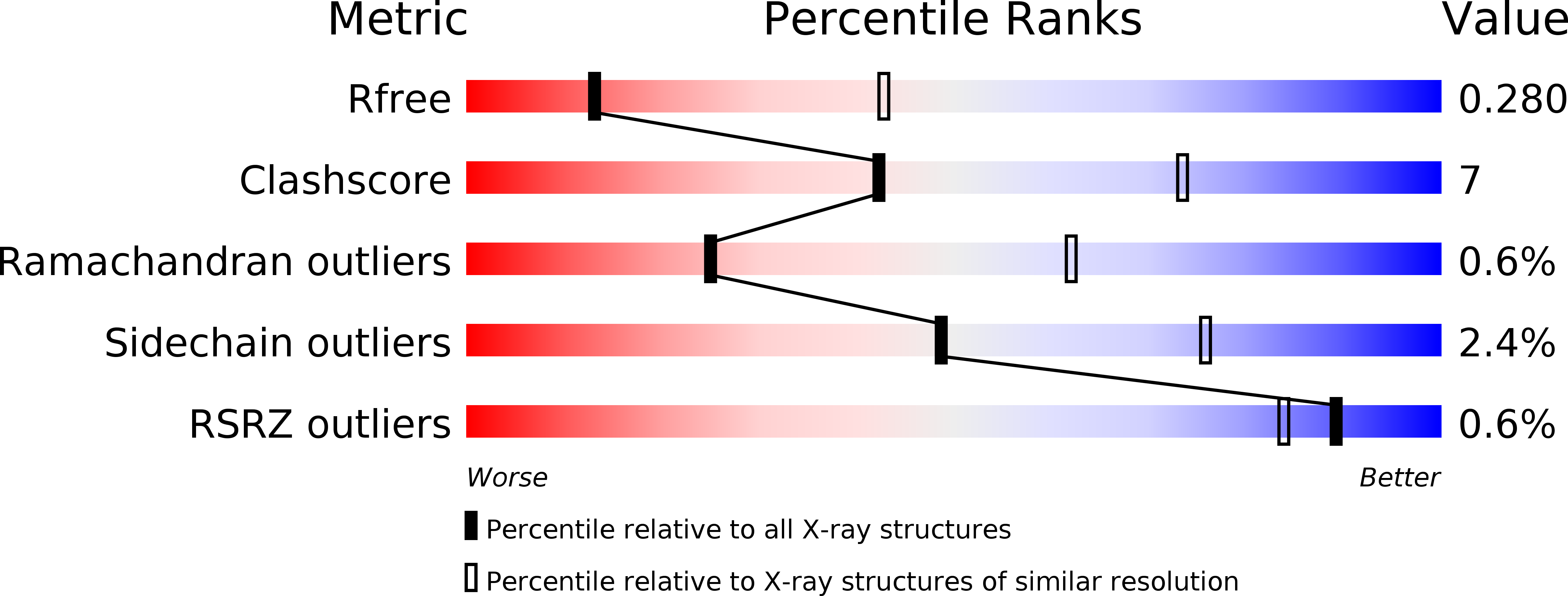
Deposition Date
2017-06-29
Release Date
2017-11-22
Last Version Date
2023-10-04
Method Details:
Experimental Method:
Resolution:
3.15 Å
R-Value Free:
0.27
R-Value Work:
0.23
R-Value Observed:
0.23
Space Group:
P 1 21 1


